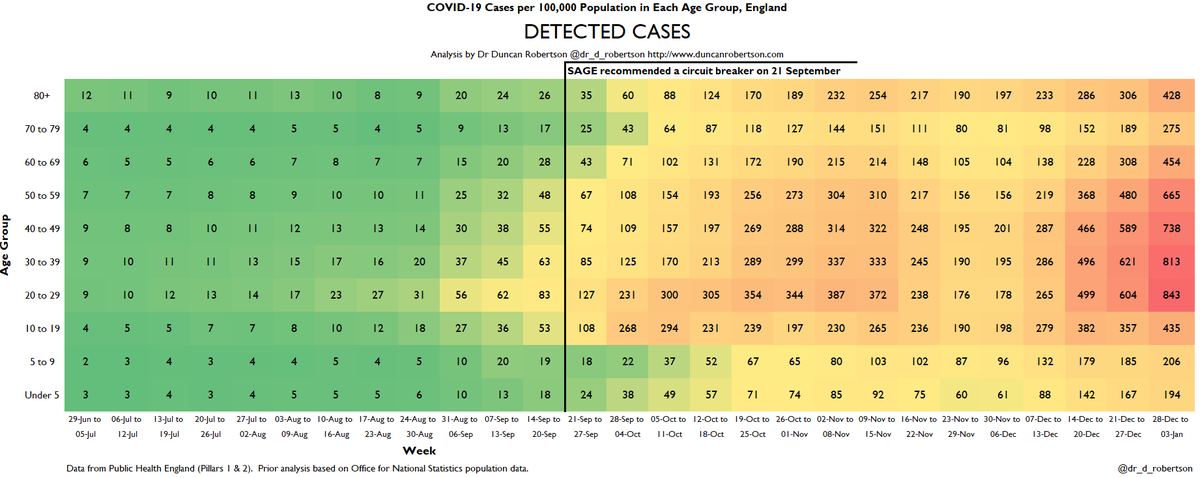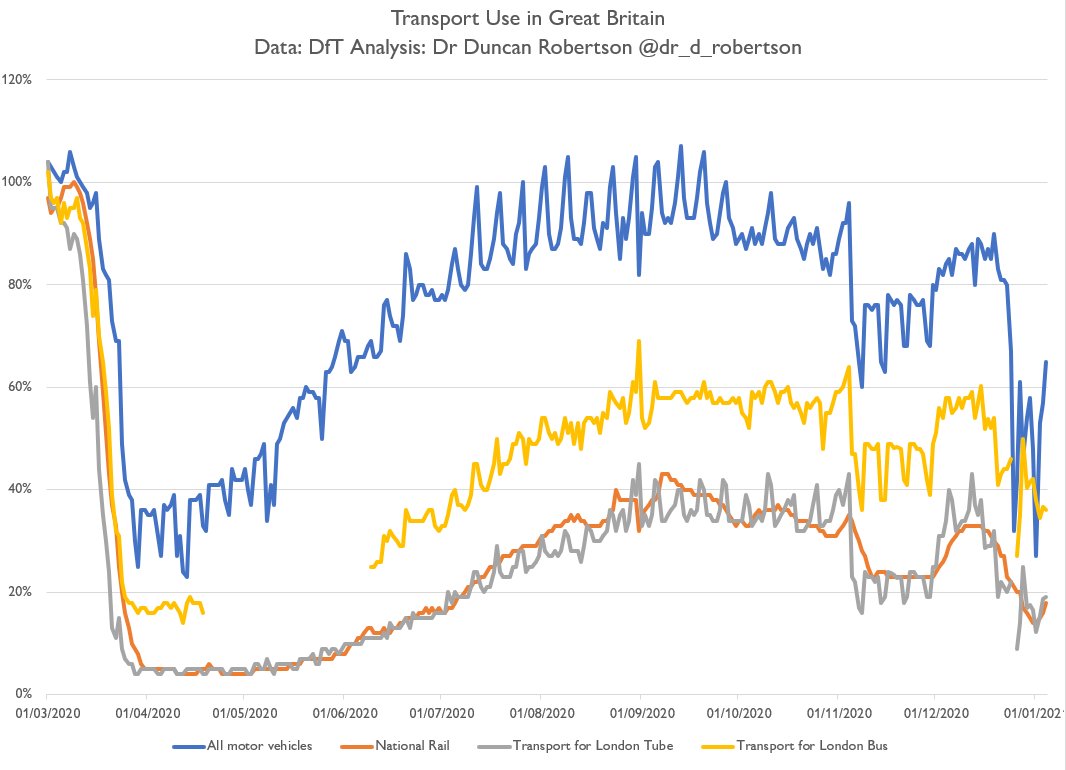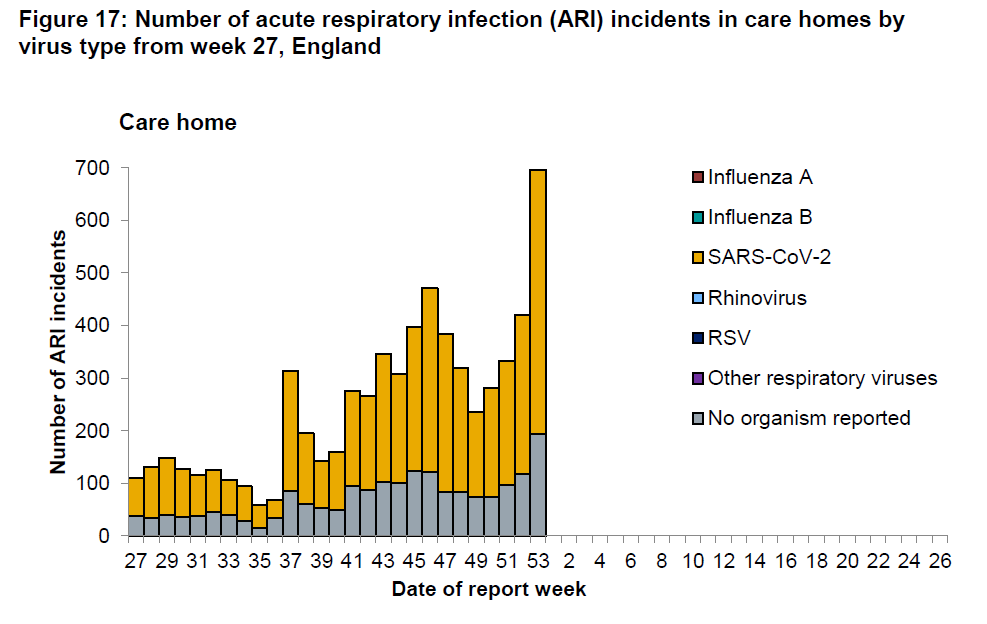
The Government has published the UK Vaccines Delivery Plan.
Here it is:
gov.uk/government/pub…
Some comments in the thread below.
Here it is:
gov.uk/government/pub…
Some comments in the thread below.
"By 15 February we *aim* to *have offered* a first vaccine dose to everyone in the top four priority groups identified by the Joint Committee on Vaccination and Immunisation (JCVI): 

This is more nuanced message than in the Prime Minister's statement on 4 January which is ambiguous: 'expect to have offered' in the first paragraph' and 'vaccinating' in the second
gov.uk/government/spe…
gov.uk/government/spe…

Fortunately, the press release accompanying the statement clears this up, 'vaccinated', although here it's now an 'NHS hope'
gov.uk/government/new…
gov.uk/government/new…

The JCVI has a longer priority list, which is *much* longer. This is phase 1 of the JCVI priority list. We expect an update including prioritization in phase 2 in mid-February.
gov.uk/government/pub…
gov.uk/government/pub…

A defensive section on supply, with 'has so far secured access to 367 million doses'.
This is not the same number of vaccines available.
This is not the same number of vaccines available.

Some information on the Wrexham 'fill finish' capacity from Wockhardt, the Mumbai-headquartered pharmaceuitical and biotechnology company.
It appears that the vaccines are not manufactured here, but are put into vials.
It appears that the vaccines are not manufactured here, but are put into vials.

On to prioritization. The JCVI list. Some discussion of one vs two doses. (It's clear that we need to get as many first doses into people as quickly as possible, particularly with the new variant.) 

One point to make is that this is the *percentage of Covid deaths* in each category.
If the NHS is overwhelmed, urgent operations and other critical care is diminished or cannot take place. This will also add to deaths in lower age groups.
If the NHS is overwhelmed, urgent operations and other critical care is diminished or cannot take place. This will also add to deaths in lower age groups.
Now on to places. This is where people will be vaccinated
96% of people within 10 miles of a vaccine centre. Not immediately clear how people will get to these if they find it difficult to travel.
96% of people within 10 miles of a vaccine centre. Not immediately clear how people will get to these if they find it difficult to travel.

There's a nice map of where the vaccine distribution centres are in England. Some rural gaps, but mobile units are expected to fill in these gaps 

Where can we track the roll out? Simplest data below.
"On 14 January and then on a weekly basis, NHSEI will publish a more detailed breakdown of vaccinations in England, including by region."
This isn't good enough. The detailed data needs to be here.
coronavirus.data.gov.uk/details/health…
"On 14 January and then on a weekly basis, NHSEI will publish a more detailed breakdown of vaccinations in England, including by region."
This isn't good enough. The detailed data needs to be here.
coronavirus.data.gov.uk/details/health…
The @RoyalStatSoc published *very detailed* recommendations on what *needs* to be published in the vaccine roll out data.
It's worth reading to see what data we *need*
It's worth reading to see what data we *need*
https://twitter.com/RoyalStatSoc/status/1339913959772729346
Here's the information on each vaccine, and how many doses the Government has 'secured access'
A discussion of the UK Government's involvement with COVAX/GAVI @covaxxvaccine 

Phase 2
"As the first phase of the programme is rolled out across the UK, the Government will consider all relevant data and set out plans for Phase 2 of vaccination once all at-risk groups 1 to 9 have been offered their first dose of vaccine."
"As the first phase of the programme is rolled out across the UK, the Government will consider all relevant data and set out plans for Phase 2 of vaccination once all at-risk groups 1 to 9 have been offered their first dose of vaccine."

It is imporant to emphasize that 99% of the *deaths* will be covered by Priority groups 1-9 (over 50s and the clinically vulnerable).
- there may be some who are not aware that they are clinically vulnerable
- there may be morbidity (e.g. Long Covid) consequences for others
- there may be some who are not aware that they are clinically vulnerable
- there may be morbidity (e.g. Long Covid) consequences for others
Overall, it is a comprehensive document.
High level reports often suffer from high-level thinking. They are impressive, but the operational implementation is left to others.
This is a bit of both - it is a plan. The test will be in its execution.
High level reports often suffer from high-level thinking. They are impressive, but the operational implementation is left to others.
This is a bit of both - it is a plan. The test will be in its execution.
Documents don't vaccinate people.
What we need now are two things:
- supply of vaccine into the UK
- vaccination using of all available vaccine without delay
- comprehensive data on who has and who has not received the vaccine
- fast.
What we need now are two things:
- supply of vaccine into the UK
- vaccination using of all available vaccine without delay
- comprehensive data on who has and who has not received the vaccine
- fast.
• • •
Missing some Tweet in this thread? You can try to
force a refresh




















